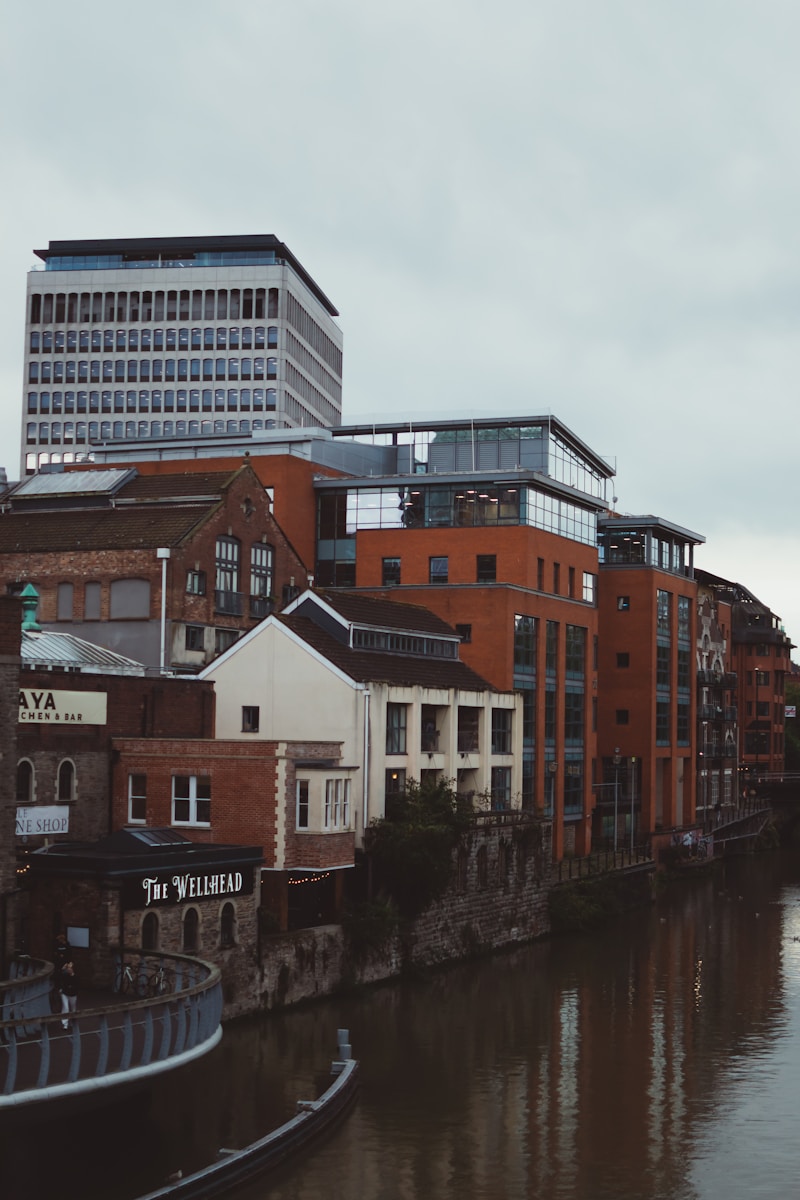Harnessing Natural Light in Urban Environments: Enhancing Urban Living Through Sustainable Design
Introduction
In today's fast-paced urban landscapes, the benefits of harnessing natural light have become increasingly evident. Urban environments, often characterized by towering buildings and congested streets, tend to limit the penetration of natural light. However, innovative architectural designs and smart urban planning can effectively integrate natural light into these spaces, allowing for more sustainable and healthier living conditions. This article explores the methods and benefits of harnessing natural light in urban settings, provides insight into successful case studies, and offers practical tips for urban dwellers and city planners alike.
The Importance of Natural Light
Natural light plays a crucial role in maintaining our physical and mental well-being. Studies have shown that exposure to sunlight positively influences mood, productivity, and overall health. In urban environments where artificial lighting dominates, many residents may experience Seasonal Affective Disorder (SAD) or other mood-related issues. By maximizing exposure to natural light, we can create brighter, more inviting spaces that enhance the quality of life.
Benefits of Harnessing Natural Light
| Benefit | Description |
| Improved Well-being | Natural light exposure can enhance mood and reduce stress, contributing to better mental health. |
| Energy Efficiency | Utilizing daylight reduces reliance on artificial lighting, leading to lower energy consumption and costs. |
| Enhanced Aesthetics | Spaces filled with natural light are often more visually appealing and inviting, attracting residents and visitors. |
| Increased Property Value | Well-lit spaces leveraging natural light can raise property values and appeal to potential buyers or renters. |
| Sustainability | Reducing the use of electric lights lowers carbon footprints, promoting greener urban environments. |
Strategies for Maximizing Natural Light
1. Design with Large Windows
One of the simplest and most effective methods to harness natural light is through the installation of large windows. Floor-to-ceiling windows or strategically placed skylights can dramatically increase light penetration. Urban architects are increasingly prioritizing expansive glass surfaces, ensuring that interiors not only benefit from ample sunlight but also offer stunning views of the cityscape.
2. Open Floor Plans
Open floor plans eliminate barriers that obstruct light flow. By minimizing walls and barriers, natural light can travel freely throughout the space, enhancing brightness. This design approach is particularly beneficial in urban apartments where space is limited; it fosters a sense of airiness and openness, making homes feel larger.
3. Reflective Surfaces
Integrating reflective surfaces—such as mirrors, gloss finishes, and light-colored materials—can amplify the effect of natural light. These surfaces bounce light around, creating a brighter environment. Urban interior designers often incorporate these elements to maximize the impact of available daylight.
4. Vertical Gardens and Green Spaces
Incorporating greenery into urban settings, such as vertical gardens or rooftop plants, can enhance natural light while improving air quality. These green installations not only absorb sunlight but also bring nature into concrete landscapes, making urban settings feel more vibrant and livable.
Case Studies: Successful Integrations of Natural Light
Several urban projects have successfully integrated natural light, serving as inspiring examples for future developments. Here are a few notable case studies:
1. Bosco Verticale, Milan
This vertical forest tower features numerous balconies adorned with trees and plants, allowing for increased natural light absorption while promoting biodiversity. The building design not only maximizes daylight for its residents but also creates a unique aesthetic that revitalizes urban living.
2. One Central Park, Sydney
With its innovative use of glass and strategic planting of greenery, One Central Park integrates natural light into its residential units. The balconies are designed to capture sunlight throughout the day, creating a harmonious space for urban living.
3. The High Line, New York City
This elevated park, developed on a disused rail line, utilizes strategic landscaping and open spaces to enhance the natural light available to both visitors and nearby buildings. The project has transformed a dense urban area into a green oasis, allowing residents to experience nature and sunlight with easy access.

Practical Tips for Urban Dwellers
If you are a resident of an urban area, here are some practical tips to maximize the natural light in your living space:
1. Position Your Furniture Wisely
Arrange your furniture to avoid blocking windows and sources of natural light. Use light-colored furniture and décor to reflect sunlight and enhance the brightness of your home.
2. Use Sheer Curtains
Opt for sheer curtains instead of heavy drapes. Sheer fabrics allow natural light to filter into your home while still providing some level of privacy.
3. Keep Windows Clean
Regularly cleaning your windows can significantly enhance the amount of natural light that enters your space. Dust, dirt, and grime can diminish light penetration, so keeping glass surfaces clear is essential.
4. Decorate with Nature
Incorporate indoor plants into your décor to bring a sense of nature to your urban home while simultaneously benefiting from the presence of living greenery.
Conclusion
Harnessing natural light in urban environments is not only possible but also paramount for fostering healthier living conditions and promoting sustainability. Through thoughtful architectural design and intentional living practices, urban residents can significantly enhance their quality of life. By embracing the benefits of natural light, cities can transform into vibrant, livable spaces that cater to the well-being of their inhabitants. Future urban developments should prioritize the integration of natural light as a vital component of design strategies, ensuring that cities remain not just functional hubs but also inviting and nurturing environments.
Final Recommendations: As urban populations continue to grow, it becomes increasingly important for us to rethink our approaches to city planning. By embracing the given strategies and case study insights, urban planners, architects, and residents can collectively contribute to more sustainable urban environments that prioritize health, aesthetics, and energy efficiency.